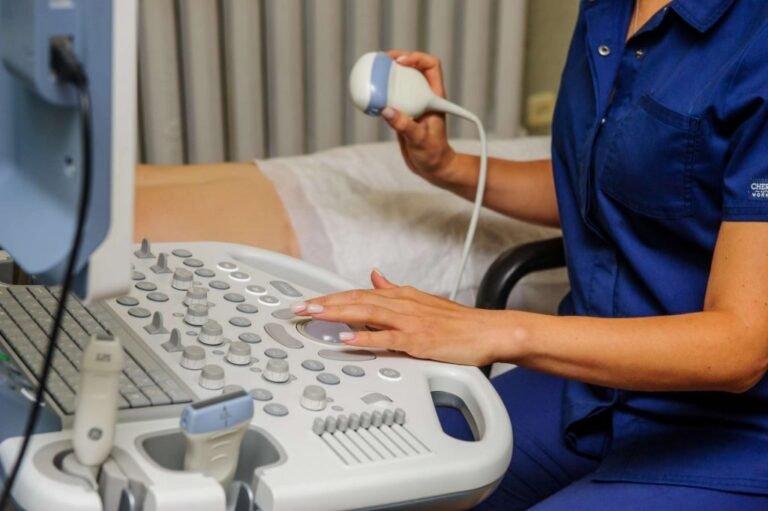Table of Contents
ToggleIntroduction to Ultrasound Technology
Ever wondered how doctors can see inside your body without making a single incision? That’s the magic of ultrasound technology. This non-invasive imaging technique uses high-frequency sound waves to produce real-time images of our organs.
History of Ultrasound Technology
The journey of ultrasound technology is as intriguing as its applications. It began in the early 20th century and has evolved dramatically over the decades.
Early Developments
Ultrasound technology’s roots trace back to the use of sonar during World War I. Scientists soon realized that these sound waves could be used for more than just navigation—they could create images!
Modern Advances
Fast forward to today, and we see ultrasound machines capable of producing 3D and even 4D images, providing unparalleled insights into the human body and its functions.
How Ultrasound Technology Works
So, how does this all work? Let’s break it down.
The Physics Behind Ultrasound
Ultrasound operates on the principle of sound wave reflection. When these waves encounter different tissues in the body, they bounce back and are captured to create an image.
Ultrasound Equipment
The key components include a transducer (or probe), which emits and receives sound waves, and a computer, which processes these waves into visual data we can interpret.
Types of Ultrasound
Ultrasound isn’t one-size-fits-all. There are several types, each tailored for specific purposes.
Diagnostic Ultrasound
This is the most common type, used to visualize organs and structures inside the body to diagnose conditions and monitor fetal development during pregnancy.
Therapeutic Ultrasound
Beyond imaging, ultrasound can also be used therapeutically, such as in physical therapy to promote tissue healing and reduce pain.
Applications of Ultrasound Technology
The versatility of ultrasound technology extends far and wide.
Medical Applications
In medicine, ultrasound is a crucial diagnostic tool.
Obstetrics
Perhaps the most well-known application, ultrasounds in obstetrics help monitor fetal development, providing expectant parents with their first glimpse of their baby.
Cardiology
In cardiology, echocardiograms (a type of ultrasound) are used to assess heart health, diagnosing conditions like heart disease and evaluating heart function.
Non-Medical Applications
Ultrasound isn’t limited to the medical field; it has several non-medical uses as well.
Industrial Uses
In industry, ultrasound technology is employed for non-destructive testing of materials, ensuring structural integrity without causing damage.
Veterinary Medicine
Vets use ultrasound to diagnose conditions in animals, providing a safe and non-invasive way to monitor our furry friends’ health.
Advantages of Ultrasound Technology
Ultrasound has numerous advantages, making it a preferred choice in many scenarios. It’s non-invasive, doesn’t use ionizing radiation, and provides real-time imaging, which is invaluable in many diagnostic procedures.
Limitations and Challenges
However, it’s not without its limitations. Ultrasound images can be less clear compared to other

